After arriving at our accommodation in Oświecim in the late afternoon, we spent the evening dealing with a building block of Nazi ideology at the time, anti-Semitism. Thus we refreshed our knowledge, as a basis for the next days.
After an invigorating breakfast, we set off on foot on Monday morning to the main camp (Auschwitz I), which was not far away. Once we arrived there, a guide was already waiting for us, with whom we could begin our three-hour guided tour of the rather large grounds after the security check. After we passed through the gate with the inscription "Arbeit macht frei" (work makes you free) with a now already depressing feeling, we visited individual blocks and received a lot of information about the history of the main camp.
Today, most of the barracks have not been left original, but country exhibitions have been set up. These exhibitions present the history of the individual countries during National Socialism, the fate of the victims of this country in the Auschwitz - Birkenau camp complex, as well as the participation of the citizens of the respective country as perpetrators and helpers in the crimes committed there.
However, the main camp was only the beginning of the greatest human crime in history. An even greater atrocity is reflected in the camp three kilometers away from the main camp, Auschwitz - Birkenau (Auschwitz II). This was our destination on the second day. We were greeted by cold weather on the huge grounds. We saw the scale of the horror, which was previously unimaginable. Our group walked through the entrance gate, past said rails and first had the opportunity to visit some of the preserved wooden barracks, in which up to 400 prisoners were housed under catastrophic conditions in a very confined space. The actual number of barracks is reminded by hundreds of brick chimneys or ruins of those that sprout from the ground as far as the eye can see on the right side of the "Judenrampe". It was on this very ramp that we continued our guided tour, through which we reached the end of the site towards the "sauna", passing the ruins of four gas chambers and crematoria.
The end of our tour was the women's barracks, where a large number of pregnant women met their deaths during Nazi times. However, my classmates and I were particularly dismayed by tourist scribbles that appeared everywhere on the inside of the building. We all had a great lack of understanding for this kind of disrespect.
After we still had the opportunity to buy books in a bookstore, we drove to the center of Oświecim to fortify ourselves with food in a typical Polish canteen before visiting, among other things, a synagogue, the Jewish quarter, and other important points of the city. Overall, Tuesday was a very exhausting, enlightening and emotionally moving day.
On Wednesday morning we went to a Franciscan monastery near Birkenau. There a monk was waiting for us, who guided us through the "exhibition" of Marian Kolodziej (himself a prisoner and priest) and was able to impart valuable knowledge. His drawings are mainly in black and white and are intended exclusively to illustrate the feelings of the prisoners. Among other things, the perpetrators are depicted as dragons/monsters and not as persons.
All in all, the visit to the exhibition "Pictures in the Head" was very touching, so that we were able to put ourselves even more deeply into the victim's role and understand the cruelty of the crime even better.
Afterwards, we visited the ,,International Youth Meeting Center'' in Oświecim to acquire important knowledge for a better understanding before visiting Monowitz (Auschwitz III). The Auschwitz III concentration camp in Monowice was used to locate industries in German-occupied southern Poland during World War II. The "Zyklon B" needed for gassing was produced in the factories, which are still active today.
On Thursday we drove to Krakow, besides a guided city tour a contemporary witness talk was a highlight of our trip. Through this we learned once again directly from a former survivor (as a child in the concentration camp) under what circumstances she perceived life in the camp and it was fascinating to hear the story of this now 82-year-old woman. In almost two hours we listened to the memories of Mrs. Lidia Maksymowicz - from arriving in the camp Auschwitz - Birkenau together with her mother, the separation from her in the camp, over the liberation in 1945 to the reunion with her mother after 16 years.
After that, at the latest, it should be clear to all of us in what "luxurious" circumstances we grew up compared to Lidia Maksymowicz.
The rest of the time in Krakow was free for all of us. A few of us went to Schindler's factory. We were glad to have this opportunity to visit, even though we had underestimated the size of the exhibition by quite a bit.
On Friday we started with a one-hour reflection of the entire week, during which we could get rid of all our thoughts and thus evaluate the entire memorial trip. Before heading home, we drove once again to Birkenau. We used this short stay to commemorate the victims, in which each individual could lay a rose at a place in the concentration camp or at the old Jewish ramp.
Around eleven o'clock, after an exhausting and very interesting, but also moving week, we started our journey home. Around nineteen o'clock we reached our destination, Meerane.
In summary, we can say that the week was very worthwhile. Through the experience of the places, the contemporary witness and much more, the foundations for the understanding/understanding of the time were laid even more intensively. In addition, this one week has taught us very well to appreciate even the small things. Because life can turn so quickly from the beautiful to the cruel side. We would like to thank IBB and Brücke/Most Stiftung Dresden for financing and organizing the trip.
Hanna Berger and Cellina Gottschalk
Pupils AK23

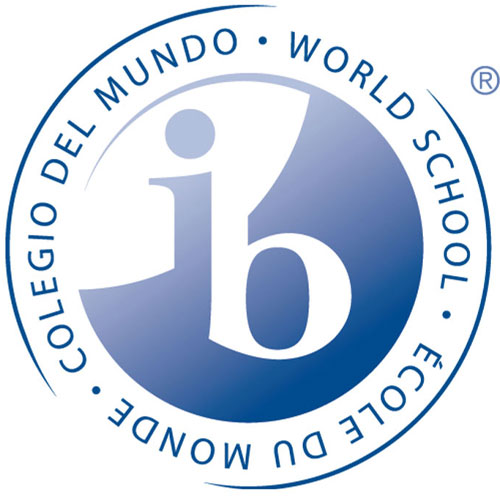
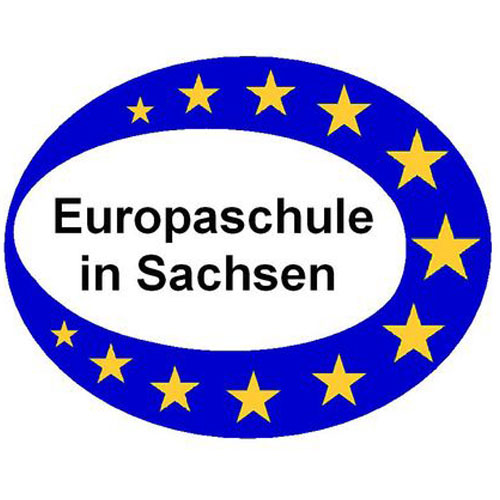
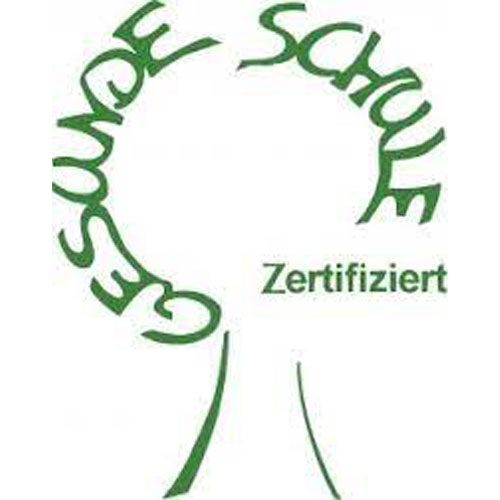
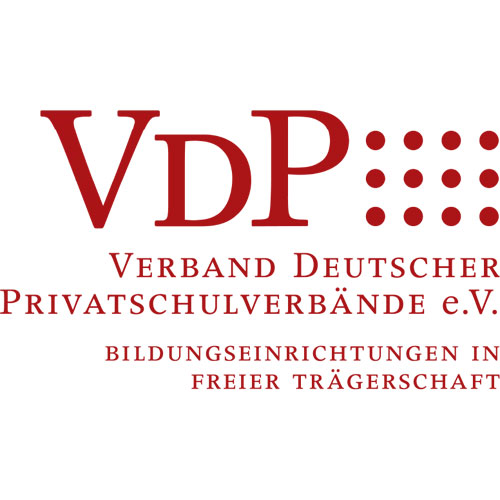
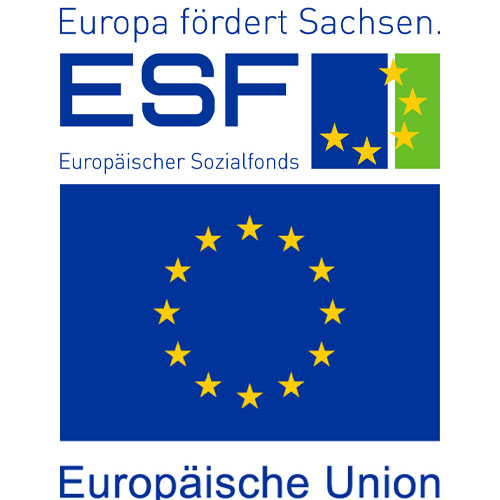
Phone: +49 3764 2331
Fax: +49 3764 49234
igm@saxony-international-school.de
International Gymnasium Meerane
"Johann Heinrich Pestalozzi"
Pestalozzistraße 25
08393 Meerane